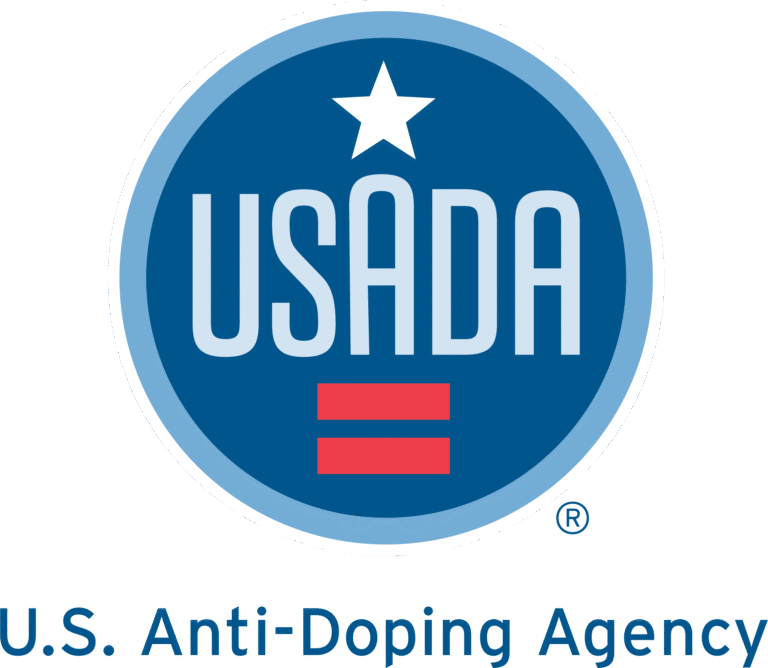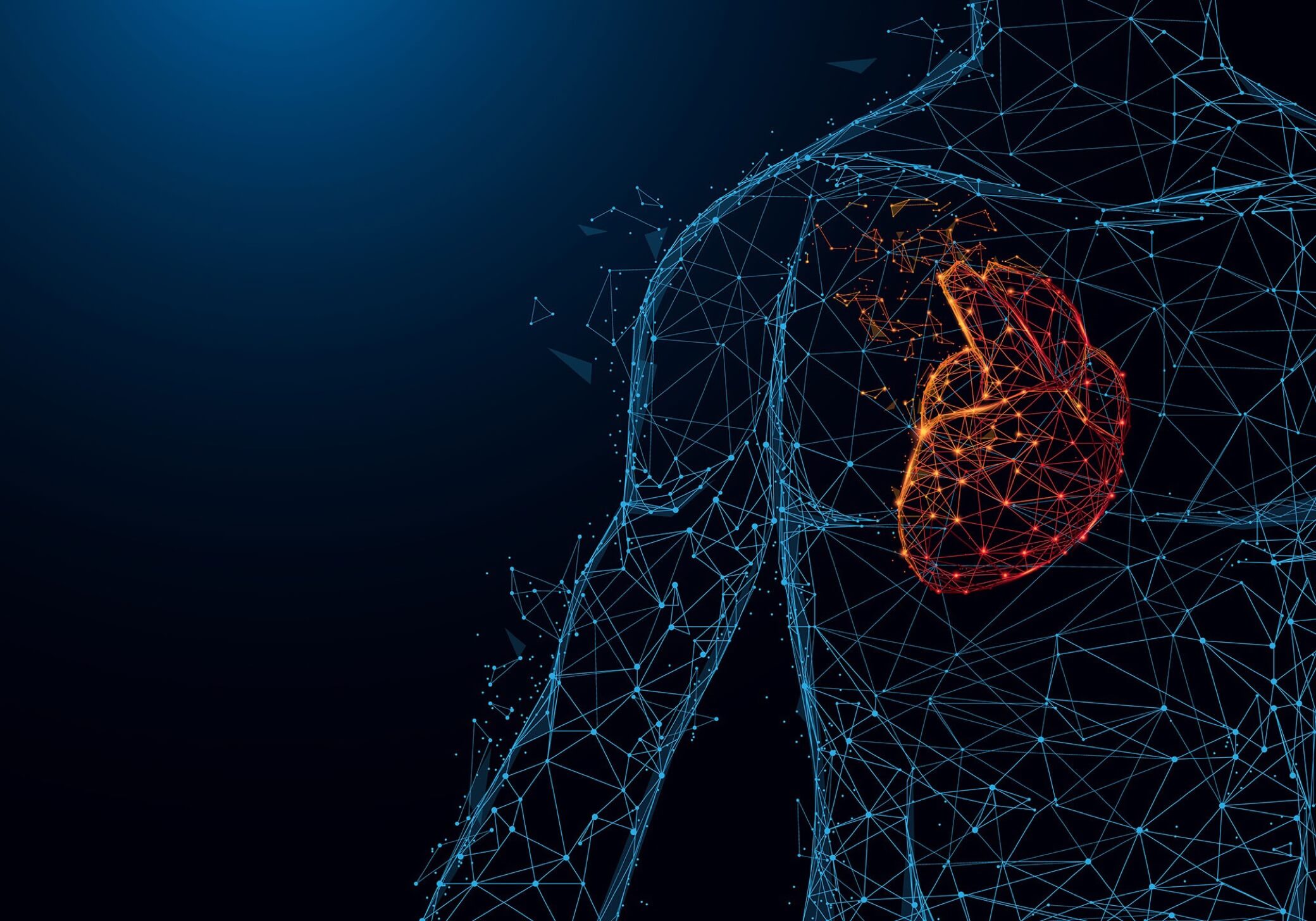Tools for Success
What are Performance Enhancing Drugs?
Watch these videos and the athlete stories below to learn more about PEDs and their effects.
Blood Doping & EPO | Effects of Performance Enhancing Drugs
Stimulants | Effects of Performance Enhancing Drugs
Testosterone | Effects of Performance Enhancing Drugs
SARMs | Effects of Performance Enhancing Drugs
Effects of PEDs: Athlete Stories
Cycling has impacted my life positively in so many different ways from the incredible people along the way, I’ve traveled all around the world, seen different cultures, different everything, just a whole different world. It’s really opened up my eyes.
I’ve always loved that freedom aspect of cycling, you know, the first time I could get away from mom and dad on my bike and travel many towns away from home. I raced 13 or 14 years as a professional cyclist. I was racing in Europe full-time, we had European riders on the team, we had European staff. I had finished a stage race in Southern Spain, like a week-long stage race, and I was just like a starfish on my bed, collapsed. And I remember one of the team doctors came into my room and he was praising me about how well I had done, how much I’d pushed through the pain, and how impressed he was, but that I had to start taking care of my body and living a little bit more “professionally,” as he called it. He was wearing this fly fishing vest and he reached into one of the pockets and he pulled out this little red, egg-shaped capsule. He said to me, he said, “Tyler, this is for your health. It’s not doping, it’s for your health.” Yeah, it had testosterone in it. And that was the moment, he handed me this capsule, that was the moment.
I knew most of my teammates were doping at the time, and I thought if I said no to it, then I wouldn’t be selected to ride in the Tour de France. In a way, the doctor coming into my room, offering me this little red, egg-shaped testosterone pill, in a way that was almost introducing me to the “A Team.” And for me, I felt that was a big opportunity, that was my chance to ride in the Tour. And it showed that they had faith in me and that they thought I had a future in the sport. So, yeah, I made that decision. I didn’t really think about it too much, I just knew he was a well-respected doctor that worked with big champions over the years and that I should listen to him. I knew it was wrong from the moment I put it in my mouth, for sure. But I also thought that I had to look the other way. This was my opportunity, everybody else was doing it, so I kind of had to just join the club and not think so much about it.
That little red testosterone pill led to other things. A month or two later I was introduced to my first injection of a drug called EPO, which basically boosts your hematocrit, which brings red blood cells to your muscles. Kind of a big deal. And I remember the first time I ever did it, the blood was pulled out in Spain, outside of Valencia, Spain, and it was put back into me three weeks later in the middle of the Tour de France. So somebody had to transport that over an international border. Serious stuff, serious stuff. My life went from being a wide-eyed, green bike racer from Marblehead, Massachusetts to a few years later in a little bit of a dark world, very secretive, two different faces. Cycling, all of a sudden, became different, it was more about results. I felt more like a number, the numbers that I produced on the bike, you have all this data that you can record while you’re cycling, those numbers became kind of whether I was happy or not.
After the 2003 season, which was probably my most successful season on record, I had great results, had a big Tour de France. I got back stateside after the season was over, it was in my off-season, and I realized I was having a hard time just getting out of bed, no motivation. I mean, I thought about suicide, I drank to just check out at some points. Pretty much every night, if not every night at least every other night, I’d wake up usually between two and three in the morning and just sit there for 45 minutes and stare at the ceiling. I called them committee meetings and just kind of think about what I was up to and the consequences if it all went bad, how ugly that was going to look.
In 2004, I was in the middle of the Tour de France, I did a transfusion, I’d given blood weeks before and it was getting reinfused back into me, and I think the red blood cells had gone bad. And I had a bad reaction, my urine was like, black with dead red blood cells, I had a fever. I didn’t know if I could die from that, and sure enough, from the research that I’ve found out, that, yeah, it could have been really bad. Luckily, the fever didn’t get any worse. I told the team doctor about it and he watched over me. Luckily, it passed. But I remember thinking to myself, you know, what am I doing? What am I doing? This is a crazy world.
But the power of the truth, I mean, the truth saved me. There was a federal investigation into Lance Armstrong and the U.S. Postal Service Cycling Team. And a guy by the name of Jeff Novitsky contacted me, and I was forced to come in and tell the truth in front of a grand jury. And I didn’t want to tell the truth, I really didn’t, I felt like I was 10 years too late to tell the truth. But being forced to go in and testify in front of the grand jury, I felt like, all of a sudden, that was my moment and I had all this guilt built up that I didn’t even know how deep it went. And finally, I got there in front of the grand jury and maybe the first 10, 15 minutes were a little bit hard, but then it was just like – PHEW – and it just came out, and for as hard as it was, it felt also just wonderful. Here we go, here’s the truth, and it’s not pretty, it’s really ugly and I’m ashamed about it. I’m going to disappoint a lot of people with this information, but it’s the truth. And it was at that moment, I was like, wow, I’ve been protecting this culture, this “omerta,” trying to be the good, old fraternity mate not telling the secrets. But then I realized, wow, what an ugly situation this has been and ugly situation that we all went through. From that moment on, really, being in that Los Angeles courtroom, I came out of there and I had a new perspective on what I was going to do with my life. Hiding the truth was not included in that anymore.
In general, it’s like, people have kind of come and told their truth or not told the truth and kind of moved on. I credit them for that, but I also feel like, we have an opportunity to make sure a situation like this doesn’t happen again. I try to talk about it as much as possible, it’s obviously still hard, you know, I wish I was talking about something else. But I feel like it’s super important. My girlfriend’s got two kids we live with, seven and five, I told them last night what this interview was about. So, they didn’t know about that. They didn’t know about the dark side of my cycling career. And the youngest asked me why I did it. Yeah.
I would say I take cycling a lot less seriously now, just kind of enjoy it a lot more. It got pretty focused on just how much power you’re pushing into the pedals, you almost became just like a number, and that got old really quickly. To come back and just enjoy cycling for that freedom, for that wind blowing through your hair, that’s pretty awesome.
Anabolic Agents (Including Testosterone)
The primary medical use of these compounds is to treat delayed puberty, some types of impotence, and wasting of the body caused by HIV infection or other muscle-wasting diseases. What are some potential side effects of anabolic steroid abuse? Some physiological and psychological side effects of anabolic steroid abuse have potential to impact any user, while other side effects are gender specific. The following list is not comprehensive.
One of the most commonly abused performance-enhancing drugs, testosterone, comes with a wide range of immediate and long-term side effects. These often start with visible changes, including acne, shrinking testicles, and breast tissue development in men, and the development of an Adam’s apple and additional body hair in women. Continued use can cause the body to stop producing hormones naturally and lead to organ enlargement, stunted growth, liver damage, and fertility issues. Moreover, natural testosterone levels may never recover, making the consequences of doping irreversible. Side effects may also be psychological, with testosterone often being connected to increased aggressiveness because it impacts the brains subcortical structures in the amygdala and the hypothalamus. As with any anabolic steroid use, withdrawal from testosterone use may lead to depression, and even suicide.
The long-term effects of prohibited Selective Androgen Receptor Modulators, or SARMs, like Ostarine or LGD-4033, are still largely unknown, due to the fact that SARMs have not been approved for human use. Concerningly, hormone and metabolic modulators, like GW1516, are often masqueraded as, or used in combination, with SARMs. GW1516 never made it through pre-clinical trials because it consistently caused cancer. Although the long-term effects of SARMs are still unknown, side effects may start with hair loss and acne. More serious health consequences have also been documented, including liver toxicity, as liver enzymes rise, and drops in good cholesterol, which can affect heart health. If this stress continues, SARMs have the potential to increase the risk of heart attack and stroke.
Anabolic Agents Side Effects
Physiological
- Acne
- Male pattern baldness
- Liver damage*
- Premature closure of the growth centers of long bones (in adolescents) which may result in stunted growth*
- Stunted growth and disruption of puberty in children
Psychological
- Increased aggressiveness and sexual appetite, sometimes resulting in abnormal sexual and criminal behavior, often referred to as “Roid Rage”
- Withdrawal from anabolic steroid use can be associated with depression, and in some cases, suicide
Gender Specific – Males
- Breast tissue development*
- Shrinking of the testicles*
- Impotence
- Reduction in sperm production
Gender Specific – Females
- Deepening of the voice*
- Cessation of breast development
- Growth of hair on the face, stomach and upper back*
- Enlarged clitoris*
- Abnormal menstrual cycles
NOTE: * Effects may be permanent and can vary by individual.
Peptide Hormones, Growth Factors, and Related Substances
The primary medical use of these compounds vary, but include treatment of cancer or aiding those born prematurely. The presence of an abnormal concentration of a hormone, its metabolites, relevant ratios, or markers in your sample is deemed to contain a prohibited substance unless you can demonstrate the concentration was due to a physiological or pathological condition. Examples include human growth hormone (hGH), erythropoietin (EPO), insulin, human chorionic gonadotrophin (HCG), and adrenocorticotrophin (ACTH). Despite the presence of some growth factors, platelet-derived preparations were removed from the List as current studies on PRP do not demonstrate any potential for performance enhancement beyond a potential therapeutic effect.
Physiological
- Hypertension (EPO/hGH)
- Blood cancers/leukemia (EPO/hGH)
- Anemia (EPO)
- Strokes (EPO)
- Heart attacks
- Pulmonary embolism (EPO)
- Feminization (HCG)
- Thyroid problems (hGH)
Note that individual growth factors are still prohibited when given separately as purified substances as described in S.2.5.
Human Growth Hormone (hGH) Physiological
- Severe headaches
- Loss of vision
- Acromegaly (Protruding or enlarged jaw, brow, skull, hands and feet)
- High blood pressure and heart failure
- Diabetes and tumors
- Crippling arthritis
NOTE: * Effects may be permanent and can vary by individual.
Beta-2 Agonists
The primary medical use of these compounds is to treat conditions such as asthma and other respiratory ailments. Some studies have shown beta-2 agonists have performance-enhancing effects when consistently high levels are present in the blood.
Physiological
- Palpitations
- Headaches
- Sweating
- Nausea
- Muscle cramps
- Nervousness
Diuretics
The primary medical use of these compounds is to treat conditions such as hypertension, kidney disease, and congestive heart failure. Taken without medical supervision, diuretics can result in potassium depletion and possibly even death.
Physiological
- Dehydration
- Muscle cramps
- Dizziness or fainting
- Drop in blood pressure
- Loss of coordination and balance
Stimulants
The primary medical use of these compounds is to treat conditions such as Attention Deficit Hyperactivity Disorder (ADHD), asthma, narcolepsy, and obesity.
Physiological
- Insomnia
- Anxiety
- Weight Loss
- Dependence and addiction
- Dehydration
- Tremors
- Increased heart rate and blood pressure
- Increased risk of stroke, heart attack, and cardiac arrhythmia
Prohibited stimulants, like methylhexanamine, that are often found in contaminated pre-workout supplements, as well as permitted stimulants, like caffeine, can both result in negative health effects if abused. At low doses, stimulants can lead to increased perspiration, shaking, inability to focus, and sleep loss, as well as low appetite and dehydration. In higher doses, stimulants can also lead to more severe health effects, such as rapid heart rate and high blood pressure. In combination with exercise, stimulants can take a normal heart beating like this, to a heart that’s beating dangerously fast. Abuse of some stimulants has been shown to age the cardiovascular system more aggressively than smoking. And continued stress on the heart can eventually lead to cardiac arrhythmia, stroke, and heart attack.
Cannabinoids (Marijuana)
Marijuana is classified by Congress as a Schedule 1 drug under the Controlled Substances Act (CSA). This means that it has a high potential for abuse, no accepted medical use in the United States, and lacks accepted safety data for use under medical supervision. Side effects of cannabinoid use include:
Physiological
- Increased heart rate
- Impaired short-term memory
- Slowed coordination and reaction of reflexes
- Diminished ability to concentrate
- Distorted sense of time and space
- Respiratory diseases
Physiological
- Mood instability
- Impaired thinking and reading comprehension
Blood Doping
Blood doping is the practice of misusing certain techniques and substances to increase the red blood cell mass in the body. Since the red blood cells carry oxygen to the muscles, this allows the body to transport more oxygen to working muscles and therefore can increase their aerobic capacity and endurance. There are three widely known substances or methods used for blood doping, namely, erythropoietin (EPO), synthetic oxygen carriers, and blood transfusions*. The primary use of blood transfusions and synthetic oxygen carriers are for patients who have suffered massive blood loss, either during a major surgical procedure or caused by major trauma. Erythropoietin is used in the treatment of anemia related to kidney disease. However, misuse of these substances and techniques could lead to:
Physiological
- Increased stress on the heart
- Blood clotting
- Stroke
*With transfusions, there is an increased risk of infectious disease such as AIDS or hepatitis.
Blood doping, which often involves the use of prohibited erythropoietin, or EPO, increases the number of red blood cells in the body. This increase thickens the blood, making it difficult for the heart to pump. The result is a higher risk of life-threatening diseases including stroke, heart disease, and cerebral or pulmonary embolisms. The abuse or misuse of EPO can also trigger serious autoimmune diseases, causing the body’s immune system to attack healthy cells. Blood doping through transfusions also increases the risk of infectious disease, such as HIV/AIDS or hepatitis, which is when the liver becomes dangerously inflamed. There have been multiple deaths attributed to blood doping.
Narcotics
In small doses narcotics have medical uses that include relieving severe pain and inducing sleep. However, narcotic overdose is a medical emergency and can lead to respiratory depression and even death.
While a sensation of euphoria and psychological stimulation are effects common to the use of narcotics, the misuse of narcotics can pose ethical questions about the handling of the substance as well as great health risks.
Physiological
- A false sense of invincibility
- Nausea and vomiting
- Increased pain threshold and failure to recognize injury
- Decreased heart rate
- Physical and psychological dependence; leading to addiction
Beta Blockers
The primary medical use of beta-blockers is to control hypertension, cardiac arrhythmias, angina pectoris (severe chest pain), migraine, and nervous or anxiety-related conditions.
Physiological
- Lowered blood pressure
- Slow heart rate
- Sleep disorders
- Spasm of the airways
Corticosteroids
The primary medical use of these compounds is to treat allergies, asthma, inflammatory conditions, and skin disorders, among other ailments.
Physiological
- Loss of muscle mass
- Weakening of injured areas in muscle, bone, tendon, or ligament
- Decrease in or cessation of growth in young people



